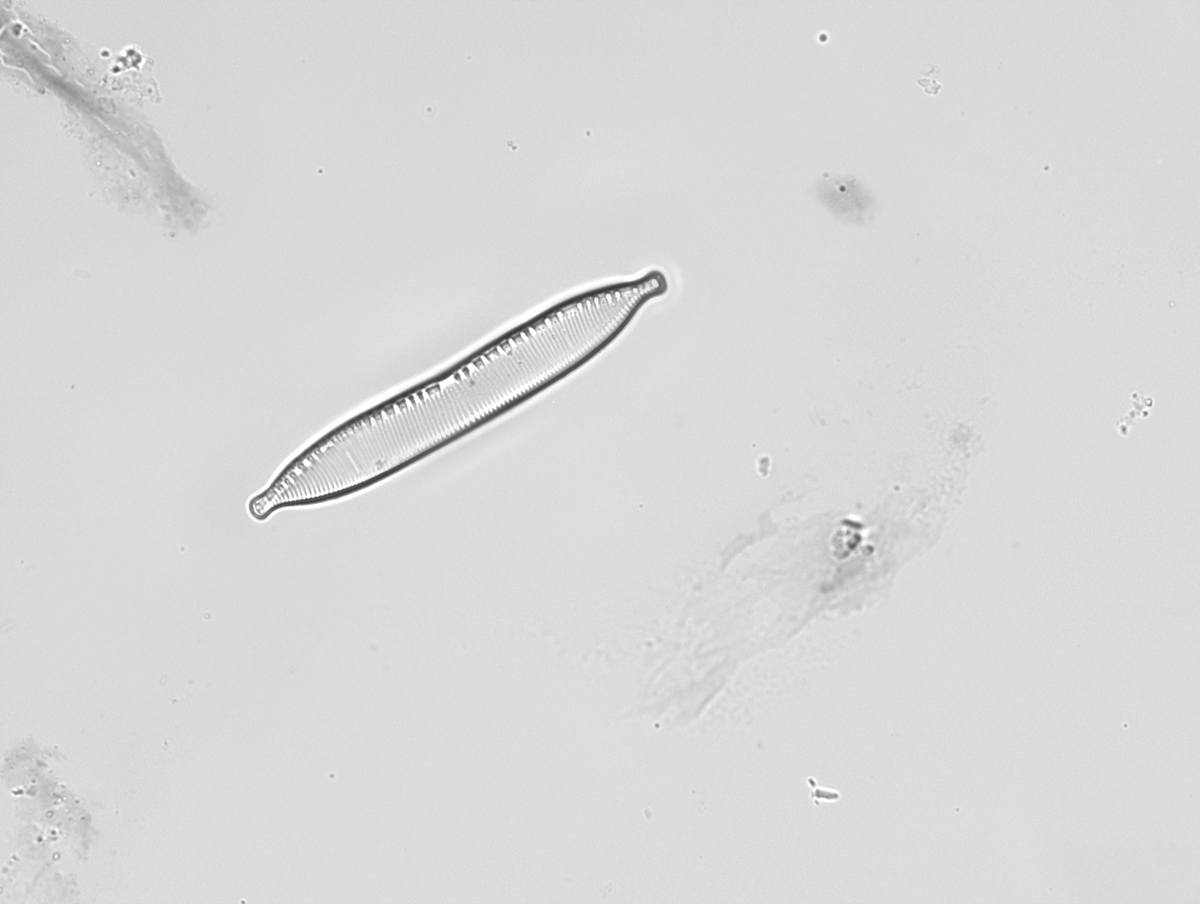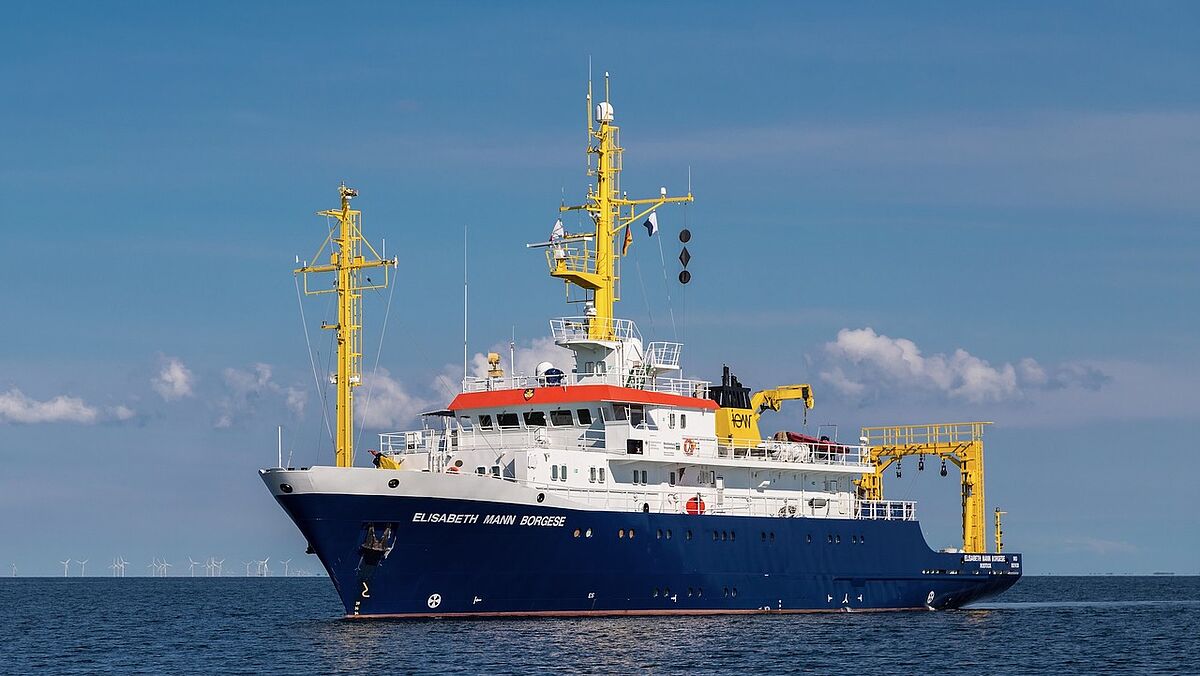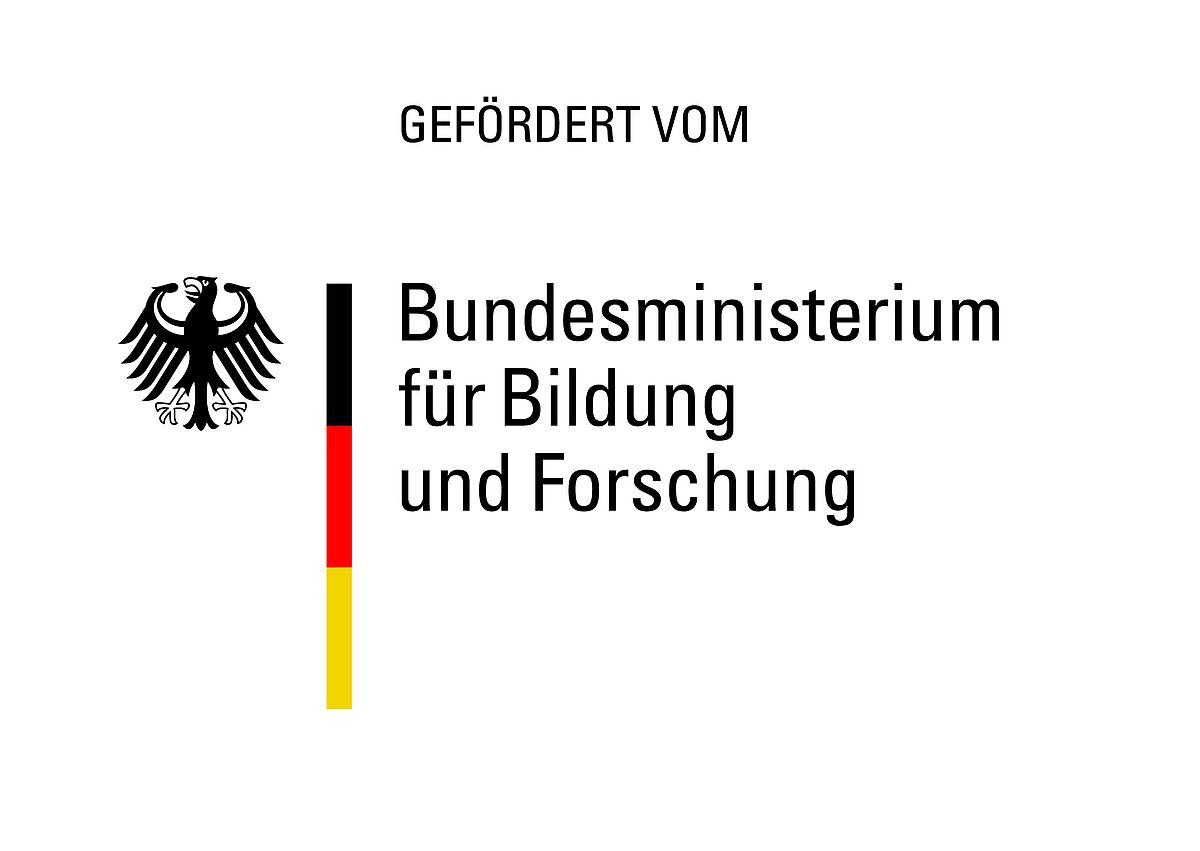DAM Pilot mission: Effects of the exclusion of mobile bottom-contacting fishing activities in marine protected areas of the Baltic Sea (MGF-OSTSEE)


Bottom-contacting fishing activities (trawling) have a strong impact on the biodiversity and material fluxes in and on the sediment. Due to the resuspension of material, trawling can not only influence benthic community, but also impacts the water column by resuspending nutrients and harmful substances. Although the Baltic Sea possess only few protected areas where bottom-contacting fishing is forbidden, little is known about the impact of trawling on marine sediments. The exclusion of mobile bottom-contacting fishing activities in the Natura 2000 area for the first time enables to extensively investigate the impact of the exclusion of MGF on the sediment structure and functions. Within the framework of the DAM pilot mission, comprehensive knowledge about the biotic components like microphytobenthos, meiofauna and bacteria, as well as sediment structure and food webs will be generated, in order to provide a base line for the adjustment of fishery management strategies in the future.
The work package 2.3 is part of the DAM pilot mission, analyzing the diversity and function of microphytobenthos in the Baltic Sea. The phototrophic community provides a significant portion of the total marine primary production, and is dominated by cyanobacteria and diatoms. Besides the close interaction of the microphytobenthos with bacteria and heterotrophic protists, the meio- and macrofauna is also directly influenced by the phototrophic community, for instance, serving as food source. Moreover, by producing oxygen via photosynthesis, the microphytobenthos has a strong impact on the gas exchange in between the sediment-water interface. While the structure and diversity of the microphytobenthos can also be naturally influenced by bioturbation, the human impact by bottom-contacting fishing activity is substantial. So far, only scarce data on the biodiversity, structure and primary production of the microphytobenthos in the Baltic Sea is available. Therefore, one aim of the DAM- pilot mission is a comprehensive monitoring of areas, which are undisturbed, in comparison to reference areas strongly influenced by MGF.

Funding
BMBF - Bundesministerium für Bildung und Forschung
Responsible persons
Project coordination
Prof. Dr. Klaus Jürgens, Leibniz-Institut für Ostseeforschung Warnemünde (IOW)
Cooperation partners
Leibniz Institut für Ostseeforschung Warnemünde (IOW)
Prof. Dr. Klaus Jürgens
Prof. Dr. Michael Böttcher
Dr. Peter Feldens
Dr. Mayya Gogina
Dr. Judith Piontek
Dr. Thomas Neumann
Universität Rostock
PD Dr. Stefan Forster
Prof. Dr. Hendrik Schubert
Prof. Dr. Ulf Karsten
DZMB Senckenberg am Meer Wilhelmshaven
Dr. Kai George
Universität zu Köln
Prof. Dr. Hartmut Arndt
Thünen-Institut für Ostseefischerei
Dr. Christian v. Dorrien
Dr. Daniel Oesterwind
Dr. Christopher Zimmermann
Helmholtz Zentrum für Ozeanforschung Kiel (GEOMAR)
Dr. Stefan Sommer
Helmholtz Zentrum Potsdam Deutsches GeoForschungsZentrum GFZ
Dr. Jens Kallmeyer
Funding number
FKZ 03F0848B
Funding period
2020-2023
